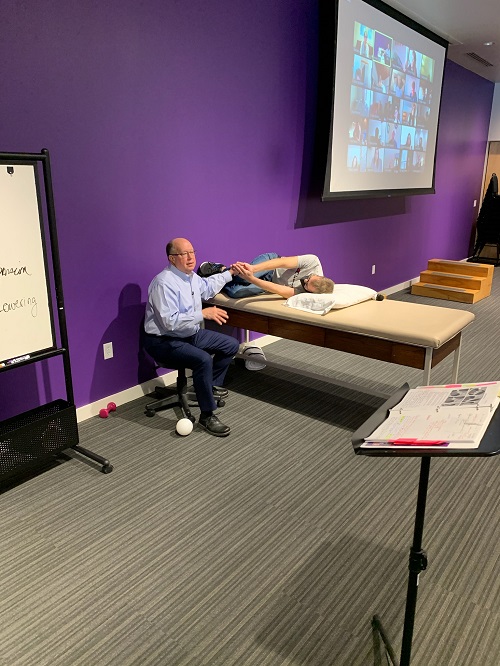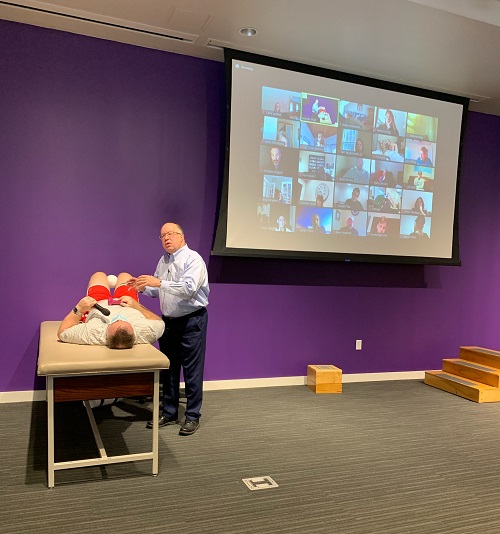There are four kinds of documentation that most of us use to change our behavior:
1) Learning oriented tutorials.
2) Goal oriented how-to guides.
3) Understanding-orientated discussions.
4) And, information-oriented reference material.
Each of these four types of documentations usually have instances within the document that refers to related information elsewhere in the same document. This is important as it forms a network structure of relations that exist between different parts of data, dictionary-internal as well as dictionary-external. If the cross-reference mechanism is well designed, visibly or technically, the reader, and in this case, the course attendee, will be able to follow each and apply ‘cross-reference’ event, to the referenced content whether the content is presented visibly or technically.
The last example, of the four listed above, enhances usability and application of content in each of the PRI Non-Manual Techniques. Documentation or description that identifies direct reference and referent sites of consistent interest; is required so documentation that indirectly implicates cross references from these and other discrete or unconsidered sites can provide content-strategies to meet the desired needs and expectations, from both the provider and the participant.
As the author of these techniques, and as the author of cross-referencing design associated with each technique, effort to ensure that location and content of the target of the cross-reference in each technique needs to be consistent, regardless of the aptness of the provider or the participant.

These opportunities to provide my reasoning behind each of the techniques, that were selected by this course’s participants, are not exceeded in any other course offered in PRI. Therefore, the guidance I offer to answer questions on the ‘why’s, ‘when’s, ‘who’s and ‘what’s regarding each technique’s reference’s, referent’s, and cross-reference’s content, is an absolute unique opportunity for both the author and the attendee seeking behavior modification through documentation that is resourcefully dissected at a level that is unsurpassed in this Institute. Each technique (documentation) dissection experience is truly one of the most rewarding things I have done in my life. And I am grateful.


I want to thank Dan Houglum, Torin Berge, Dave Drummer, Jen, Hannah and RJ for their assistance in making this course so enjoyable to teach and apply to “real” life limitations and likenesses.


